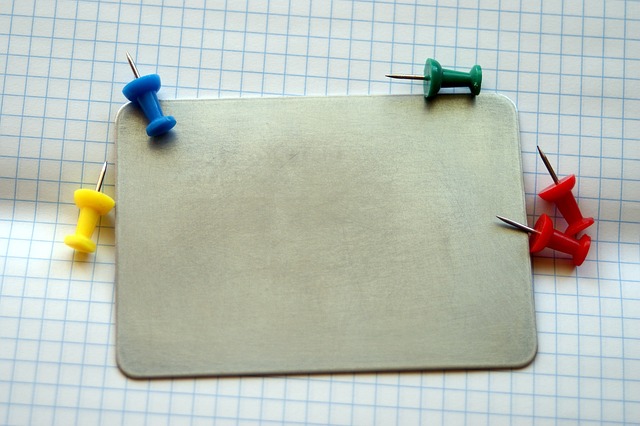Introduction to Advanced Redstone

Redstone is Minecraft's versatile equivalent of electricity, enabling players to design intricate circuits and automated systems. While basic Redstone wiring is straightforward, mastering its advanced applications unlocks incredible potential – from complex computing devices to fully self-sufficient farms. This guide explores the core concepts you need to elevate your Redstone engineering skills.
Understanding Logic Gates: The Brains of Your Circuits
Think of logic gates as decision-makers in your Redstone circuits. Each gate performs a specific logical operation based on one or more inputs, determining whether an output signal should be sent. Mastering these is fundamental for building sophisticated contraptions. Key types include:
- AND Gate: Outputs a signal *only if* all its inputs are active.
- OR Gate: Outputs a signal if *at least one* of its inputs is active.
- NOT Gate (Inverter): Flips the input signal (ON becomes OFF, OFF becomes ON).
- XOR Gate (Exclusive OR): Outputs a signal *only if* exactly one input is active.
- NAND Gate (Not AND): Outputs a signal *unless* all inputs are active (Inverted AND).
- NOR Gate (Not OR): Outputs a signal *only if* none of the inputs are active (Inverted OR).
Timing is Everything: Redstone Clocks and Timers
Clocks and timers are crucial for automation, generating repeating Redstone pulses to trigger mechanisms at regular intervals. Simple 'burnout' clocks can be made with Redstone torches causing rapid updates, while repeater loops offer adjustable timing. For more precision, designs using comparators or observer blocks are popular.
# Text description of a simple Redstone Torch Burnout Clock:
# Place a block. Place a Redstone Torch on its side.
# Place Redstone Dust on top of the block.
# The torch will rapidly turn on and off, creating a fast clock signal.
# (Note: Many variations exist, some more server-friendly than others)Storing Information: Memory Cells (Flip-Flops)
Memory cells, often called flip-flops or latches, allow circuits to 'remember' a state (ON or OFF) even after the initial input is gone. The most common is the RS NOR Latch. Think of it like a light switch: flick it ON (Set), and it stays ON; flick it OFF (Reset), and it stays OFF until set again.
An RS NOR latch typically uses two interlinked NOR gates. Activating the 'Set' input turns the latch ON and keeps it ON. Activating the 'Reset' input turns the latch OFF and keeps it OFF. This ability to store a single bit of information (ON/OFF) is fundamental for toggle buttons, state machines, and more complex computing.
Advanced Automation Examples

By combining logic gates, timers, and memory cells, you can automate incredibly complex tasks. Consider these examples:
- Fully Automatic Crop Farms: Use observer blocks to detect growth, pistons to harvest, and hopper minecarts (triggered by timers) to collect.
- Multi-Item Sorting Systems: Employ comparator-based filters and logic gates to route specific items into designated chests.
- Sequence-Locked Piston Doors: Require levers to be flipped in a specific order (using memory cells) to reveal an entrance.
- Advanced Base Defense: Combine tripwires (sensors), logic gates (conditions), timers (delays), and dispensers (actions) for automated defense turrets or traps.
Further Learning and Community Resources
The world of Redstone engineering is vast and constantly evolving with new designs and techniques. To continue your journey, explore dedicated community resources: